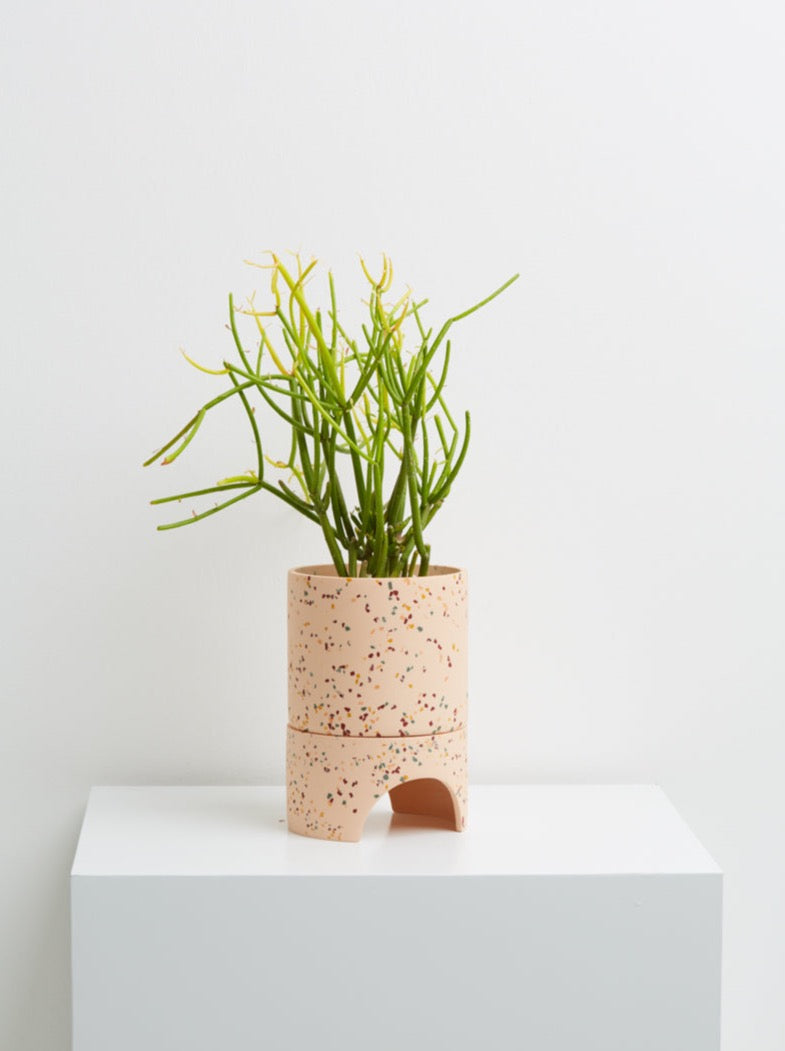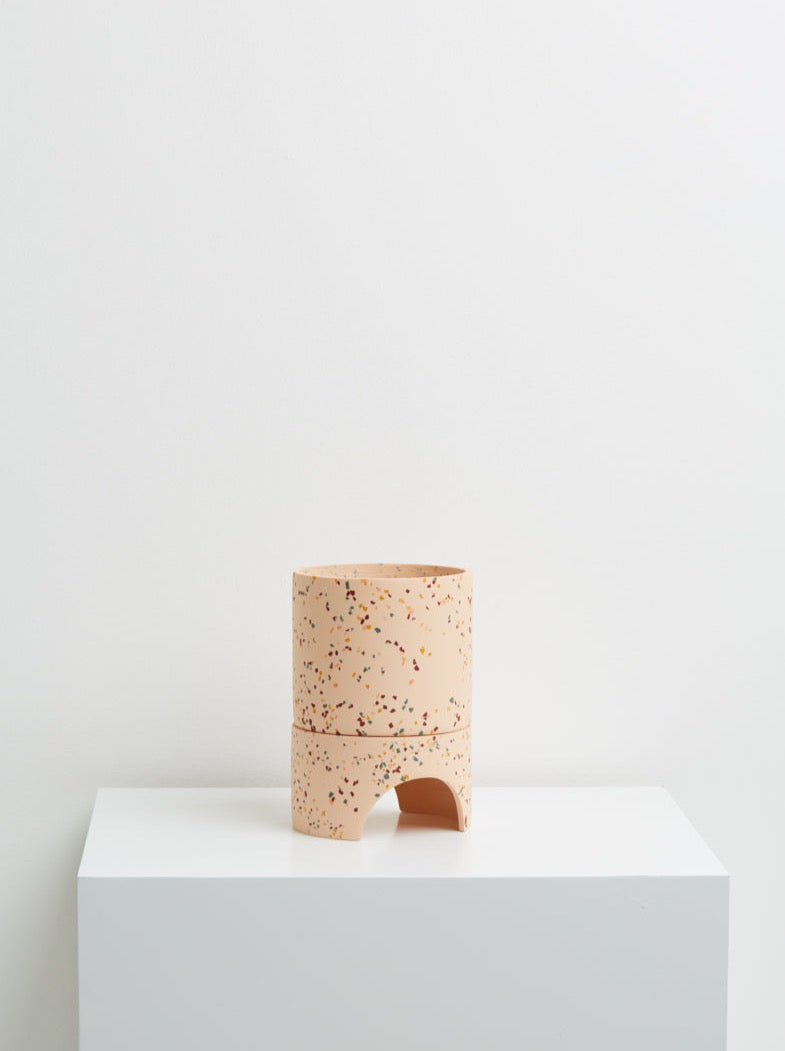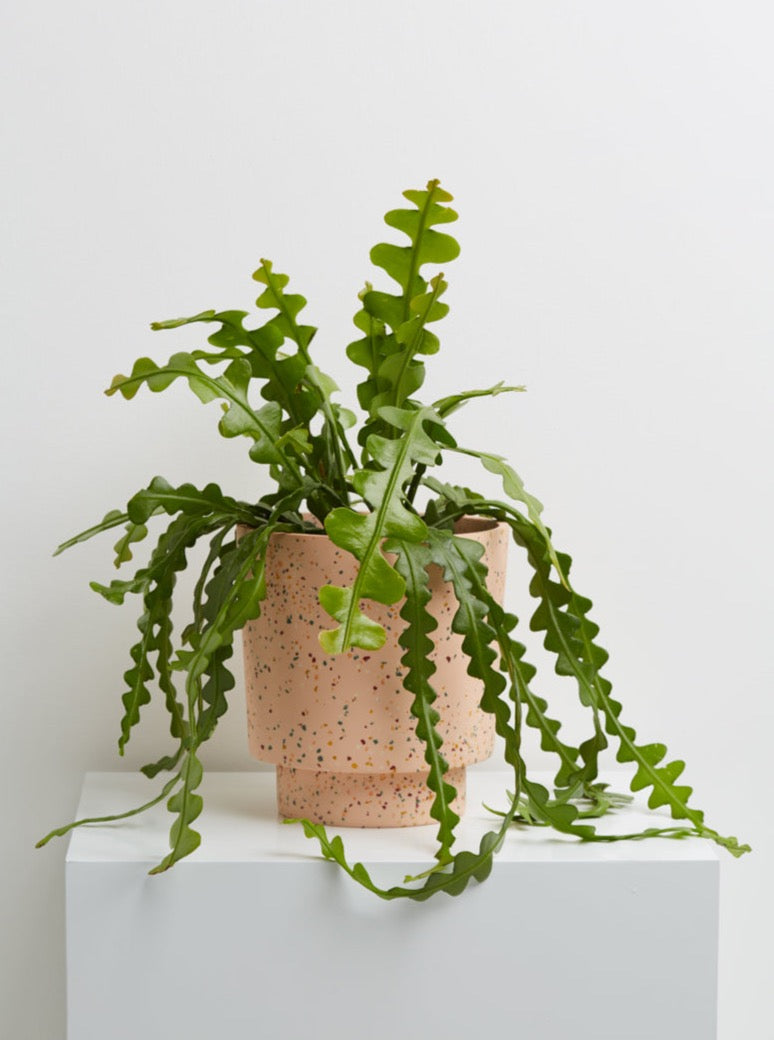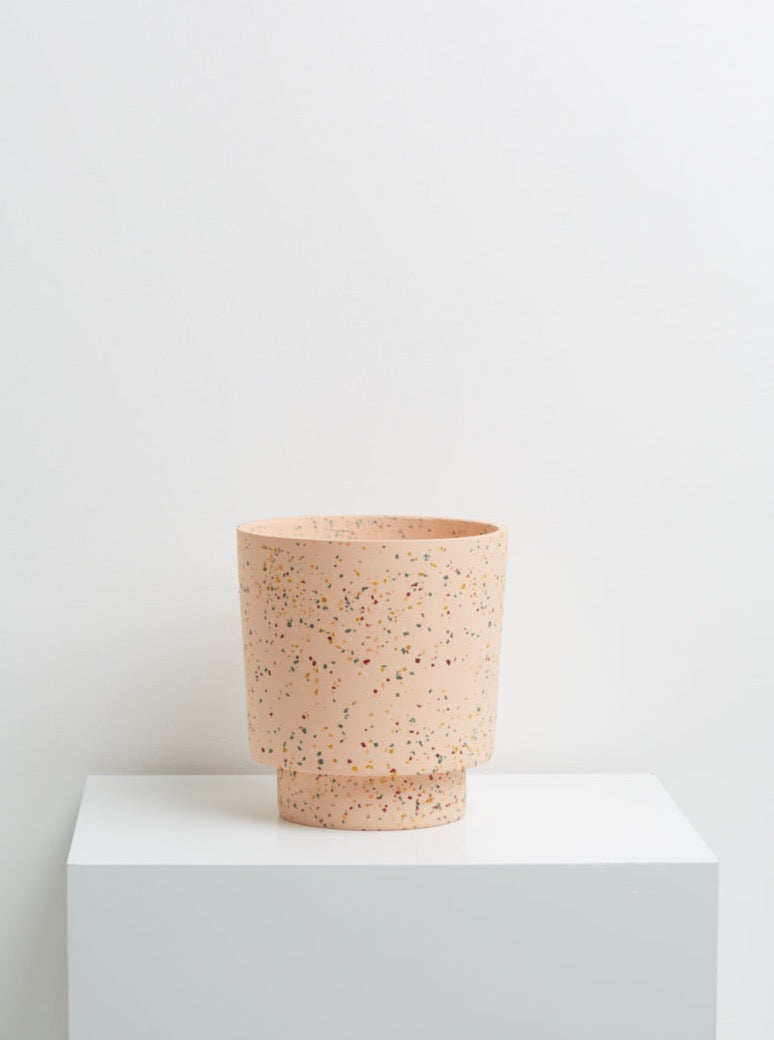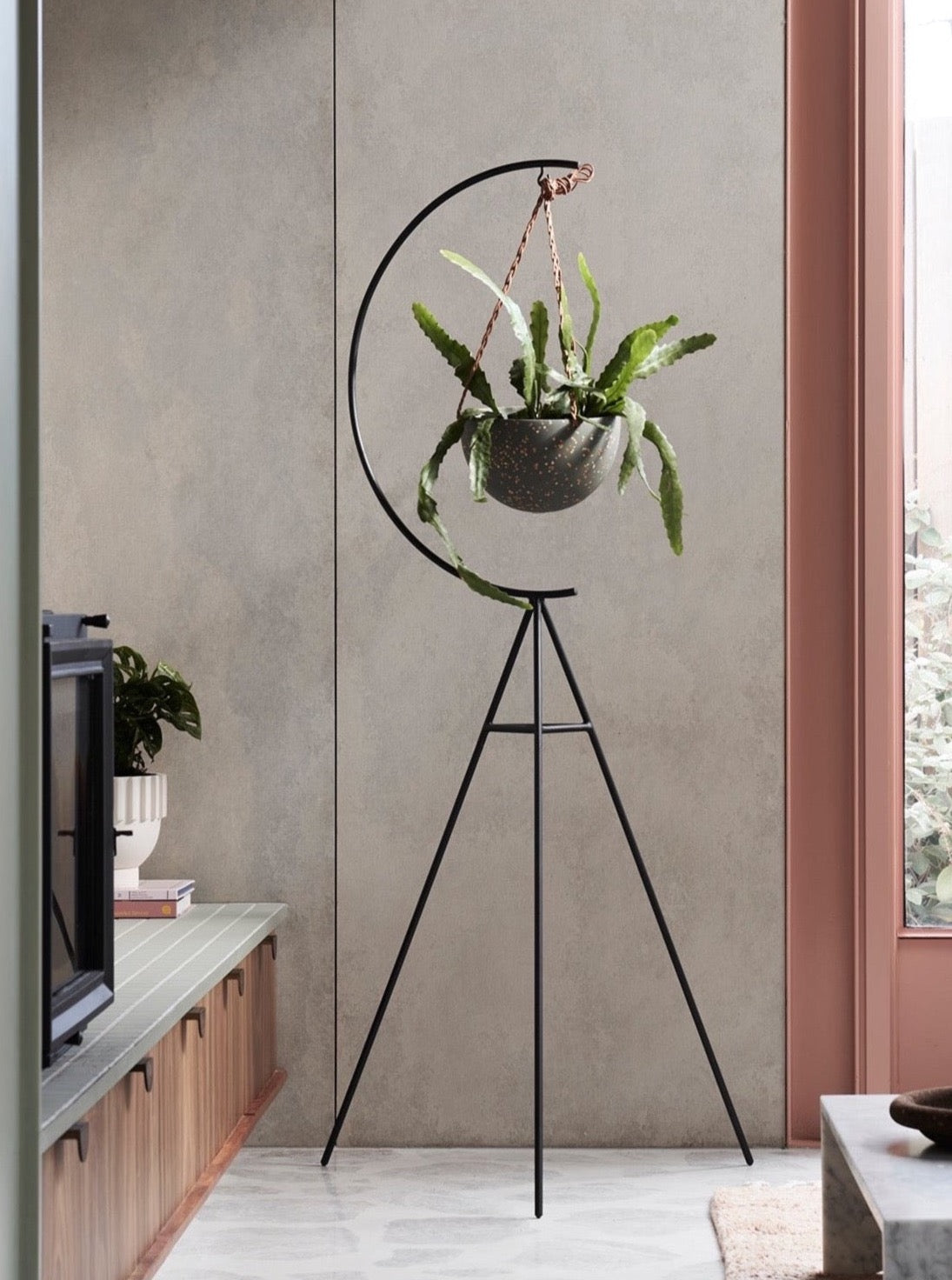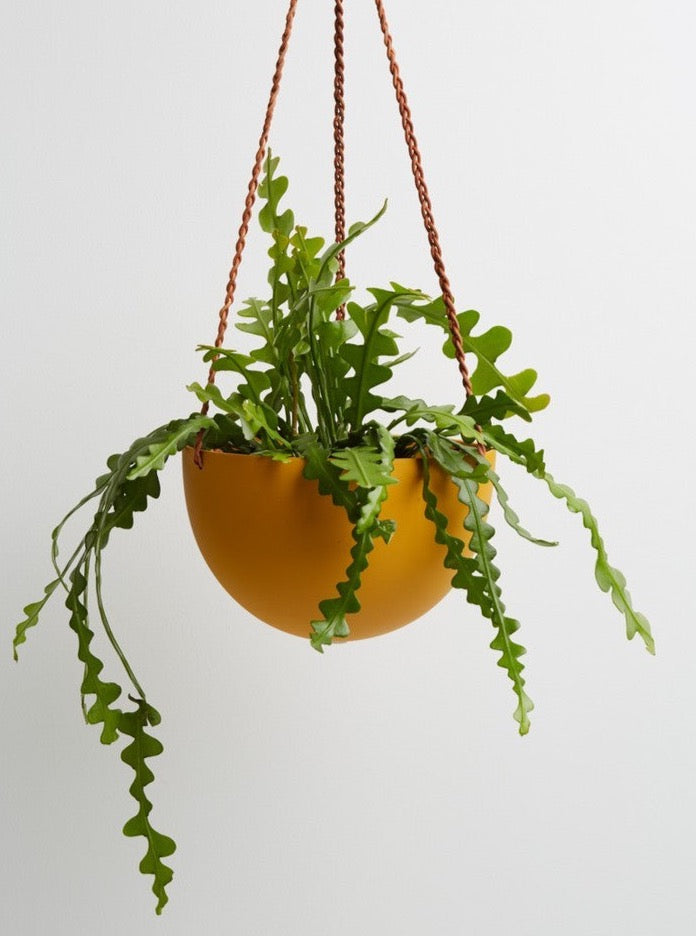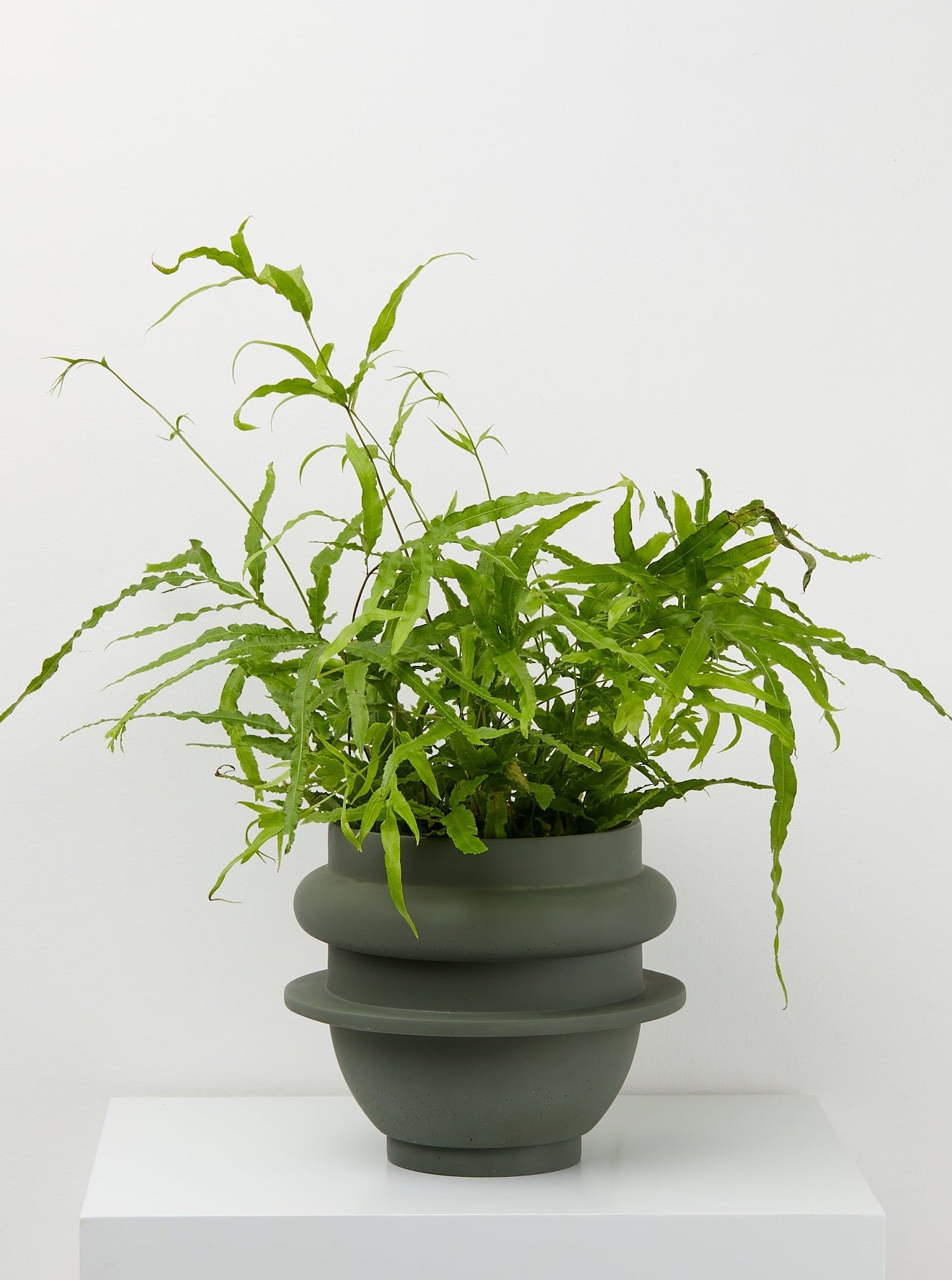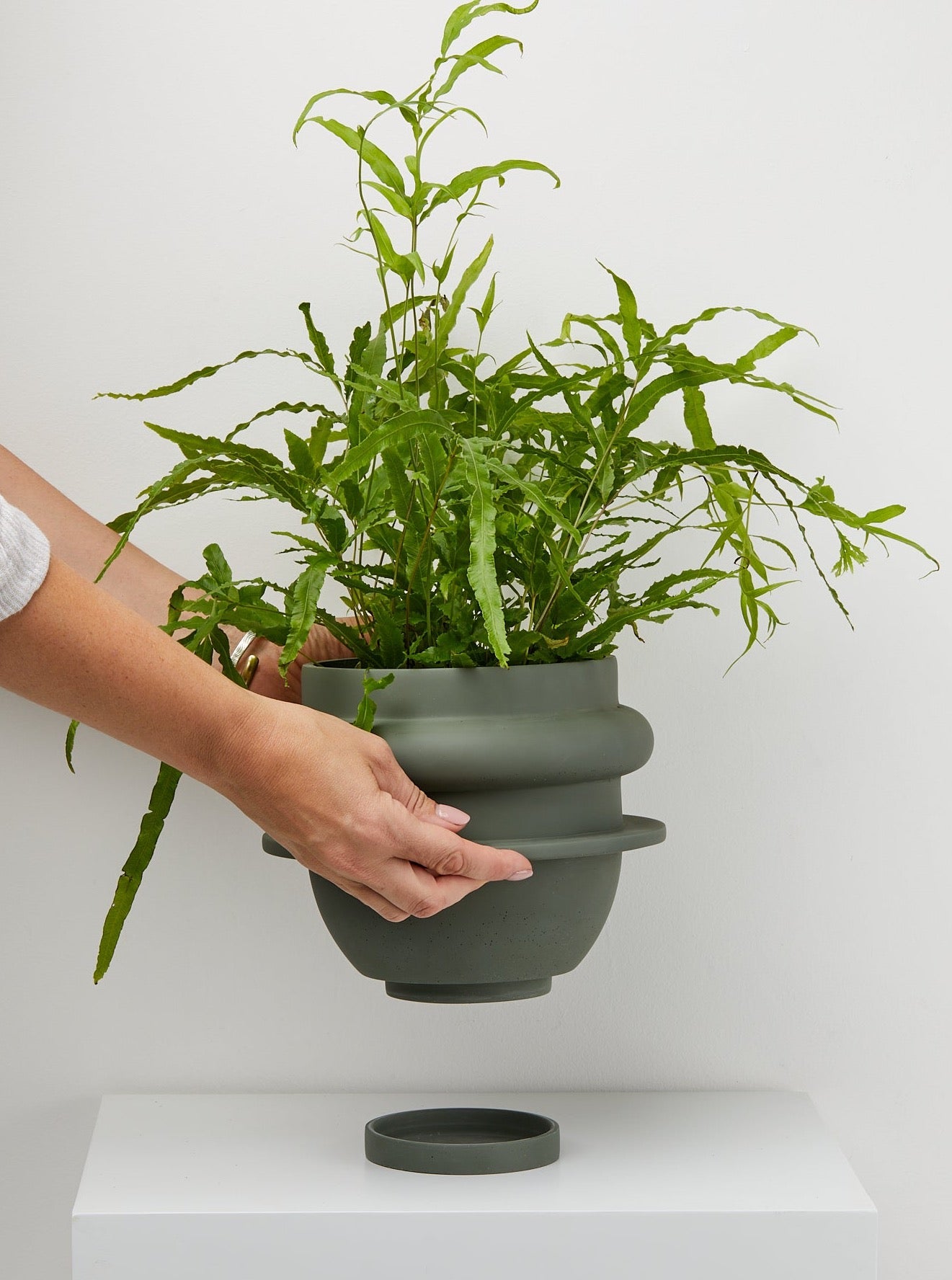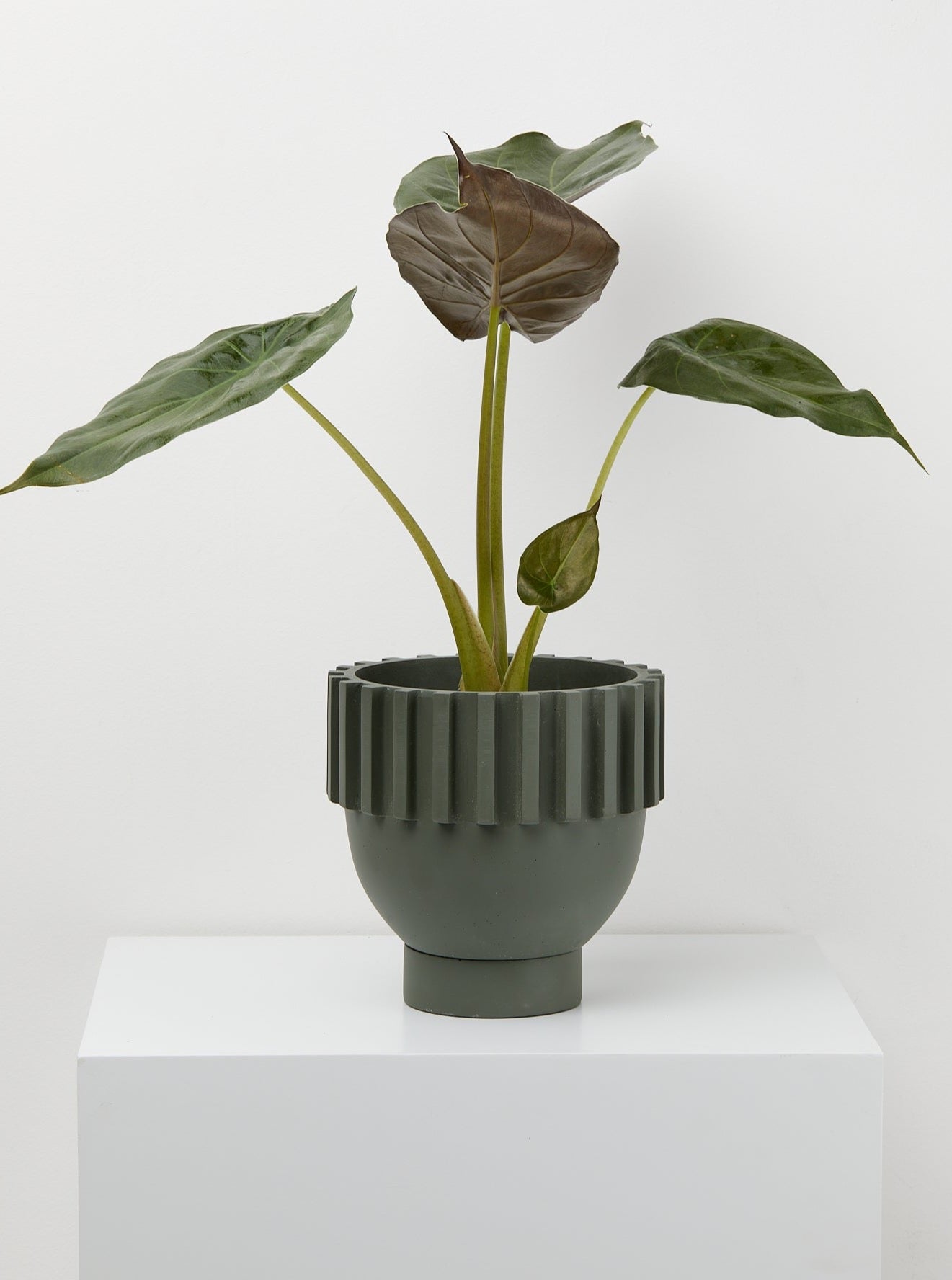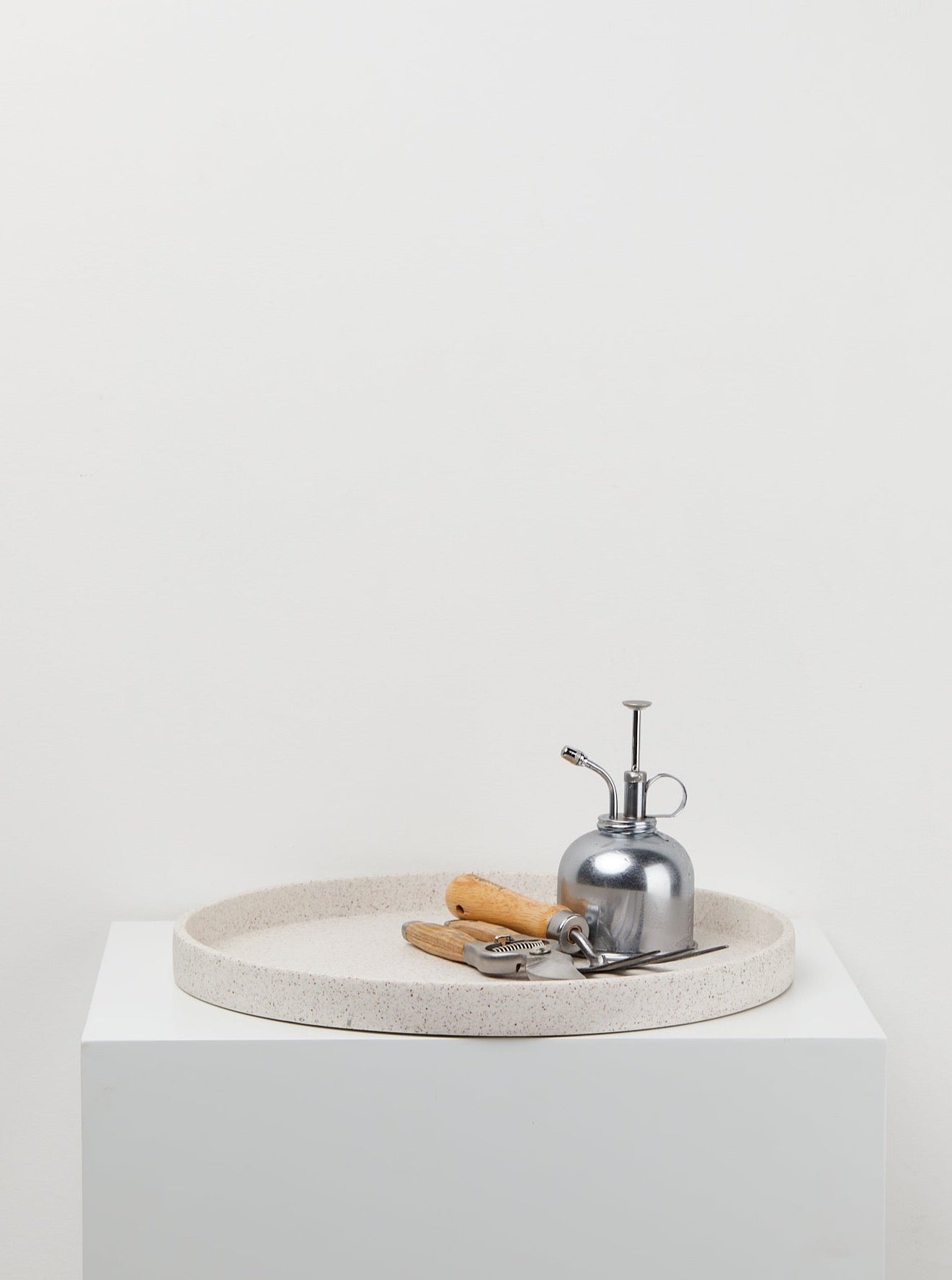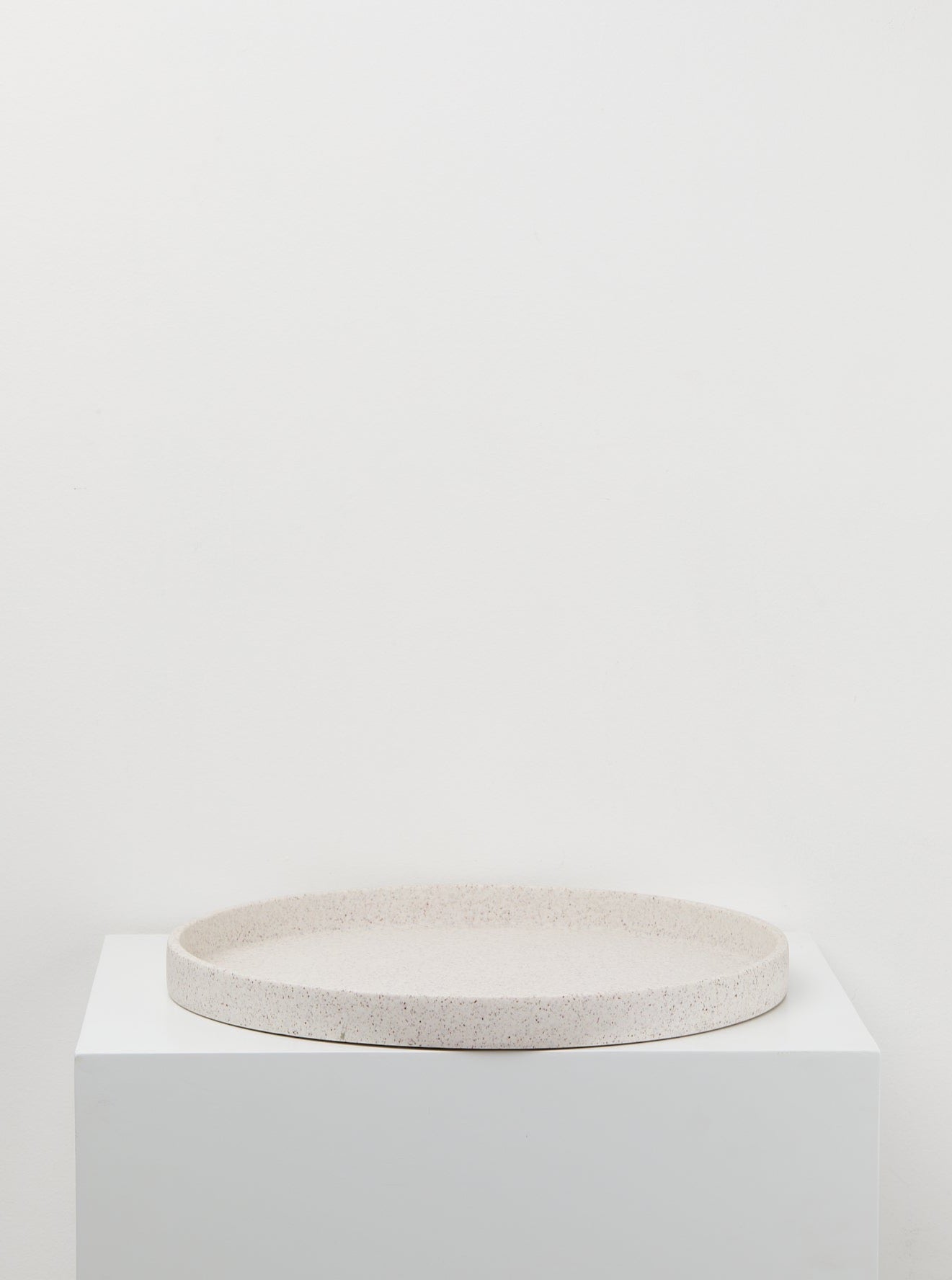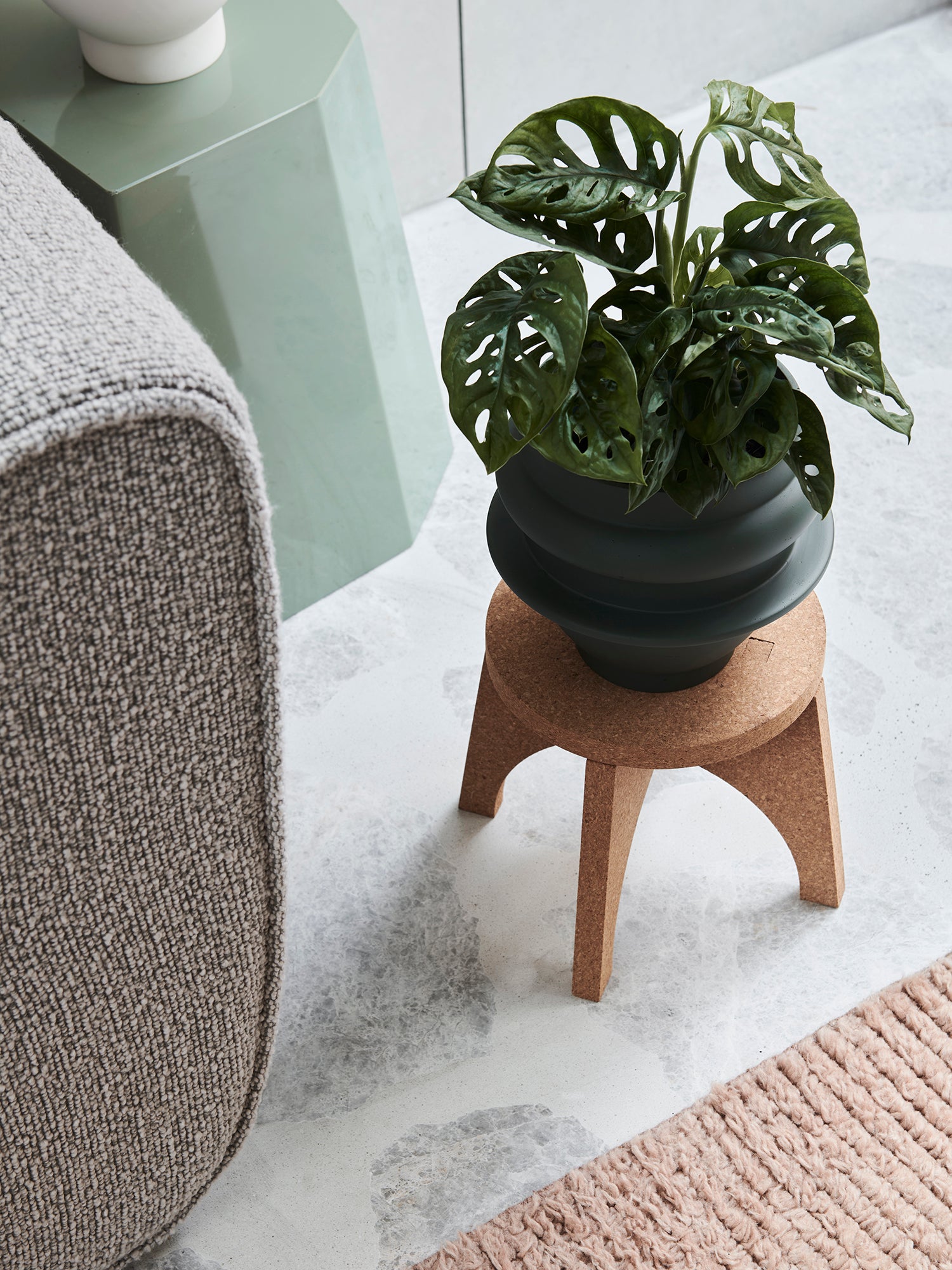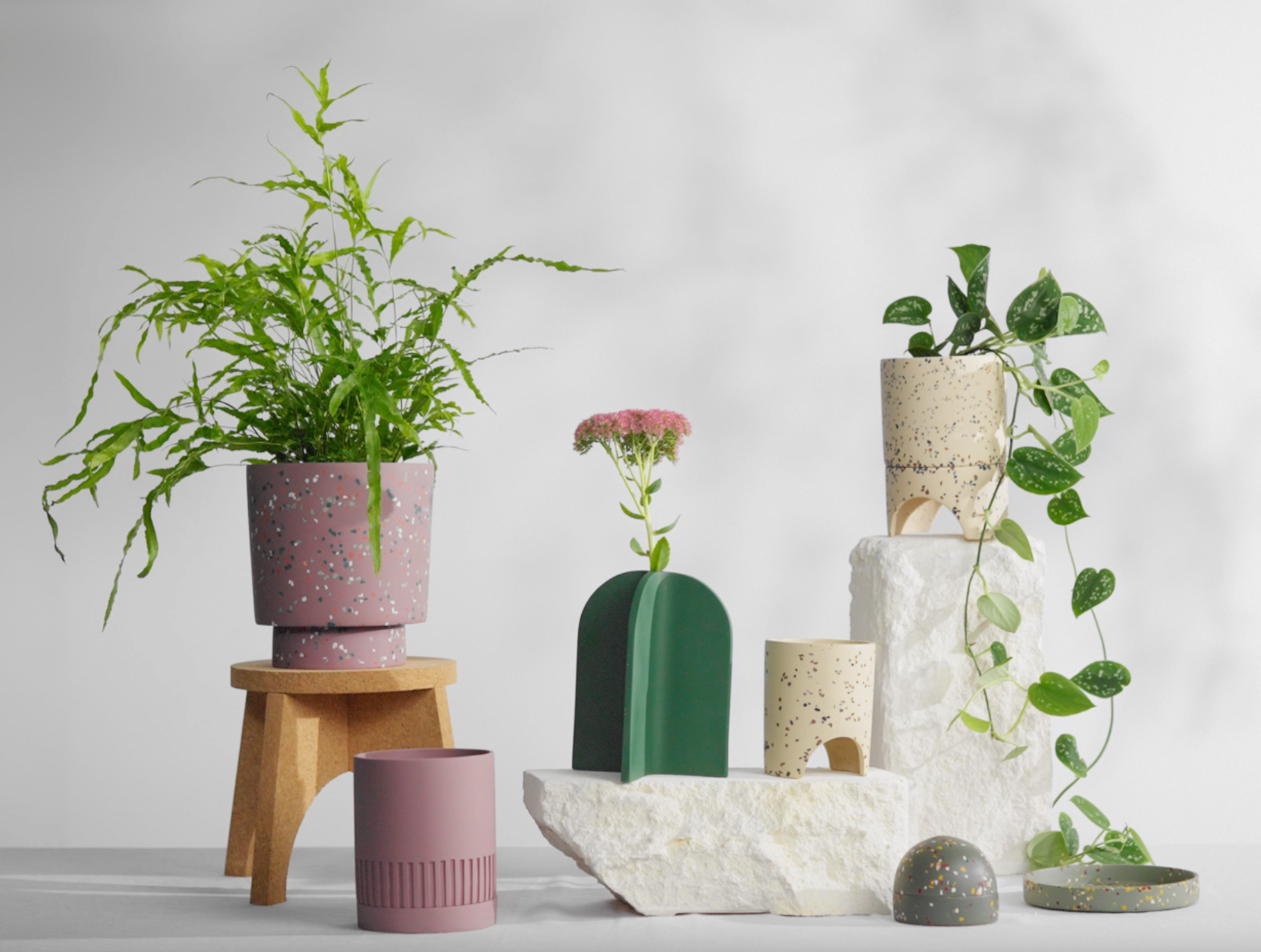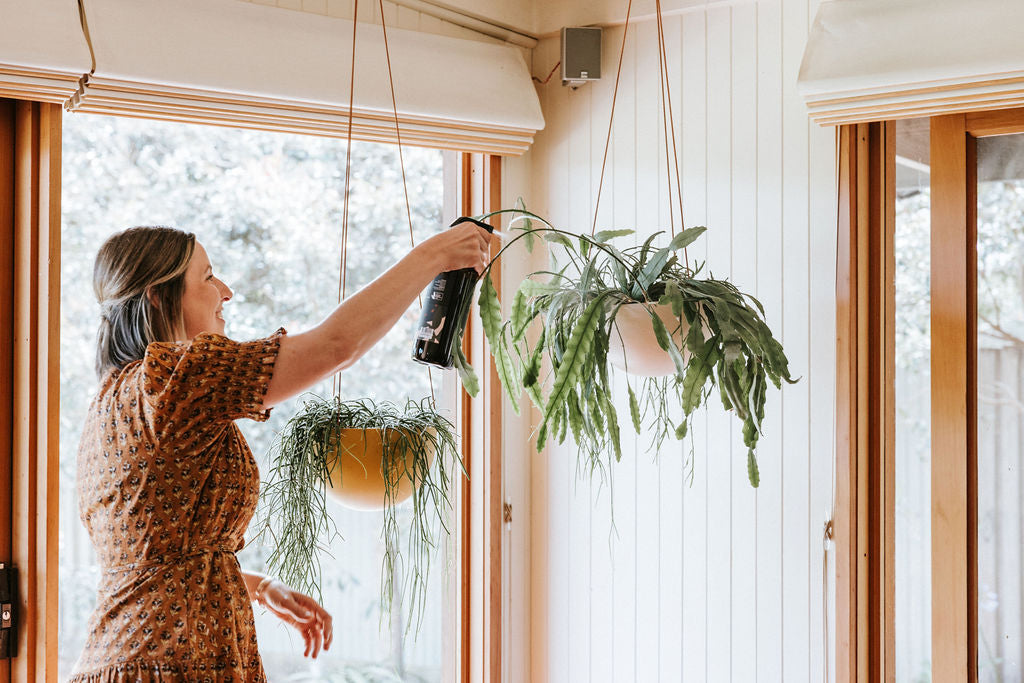
Beat the Heat: Keeping Your Indoor Plants Happy and Healthy
Caring for Indoor Plants in Hot Weather
As the sun climbs higher in the sky and temperatures begin to rise, our indoor plants begin to stir from their winter slumber and gearing up for a season of growth and rejuvenation. It's the perfect opportunity to shower them with some extra TLC and attention to ensure they thrive throughout the forthcoming spring and summer months. At Capra Designs, we're passionate about simplifying indoor plant care for you, and we're thrilled to share these essential tips to help keep your indoor plants happy and healthy. So, let's dive into the world of indoor plant care and get your encouraged green companions looking as lush as your Capra Designs Pots.
1. LIGHT AND PLACEMENT
As the days grow longer and brighter, your indoor plants are eager to soak up the sun's nourishing energy. Adequate lighting is the cornerstone of healthy indoor plant growth, but achieving the right balance is crucial. Here's what you need to know:
-
Rotate Regularly: To ensure each side of your plant receives its fair share of sunlight, give your green pals a gentle spin now and then. This rotation promotes balanced growth, preventing them from leaning too heavily towards the light.
-
Maximise Sunlight: Whenever possible, move your plants closer to windows or well-lit areas to allow them to soak up more natural light. However, be careful when it comes to direct, harsh sunlight, as it can harm delicate leaves. Filtered or indirect sunlight typically proves safer.
2. ADEQUATE WATERING
With spring and summer on the horizon, it's time to delve into the critical art of proper watering for your indoor plants. The warmer seasons bring not only faster evaporation but also accelerated growth rates, which means that tending to your plants' hydration needs is critical. Here's how to keep your leafy friends quenched:
-
Monitor Moisture Levels: Regularly check the moisture levels of your plant's soil by inserting your finger about an inch deep into the pot. Water your plants when the top inch of soil feels dry to the touch.
-
Avoid Overwatering: Overwatering can be detrimental to your plants. Always allow the top inch of soil to thoroughly dry out before giving your plants a good soak.
3. NUTRIENT BOOST
As your plants gear up for increased growth during the warmer months, their appetite for nutrients increases as well. Here's how to provide them with the essential nourishment they require to effectively stimulate their growth:
-
Fertilise Regularly: Kickstart or ramp up your fertilising routine during these seasons. Opt for a balanced, water-soluble fertiliser to provide the necessary nutrients, promoting robust and vigorous growth. Stick to the recommended dosage and frequency to prevent over-fertilisation.
4. PRUNING AND GROOMING
Spring and summer offer the ideal window for some well-deserved pruning and grooming of your indoor plants. Regular maintenance not only helps your plants look their best and stay healthy, it also ensures proper air circulation, and reduces the risk of pests and diseases. Here's what you should do:
-
Remove Dead or Unhealthy Parts: Thoroughly inspect your plants, looking for any dead or unhealthy leaves, stems, or flowers. Snipping away these unwanted parts not only tidies up your plant but also stimulates fresh, vibrant growth.
-
Trim Leggy Branches: If you spot any leggy or excessively elongated branches, don't hesitate to trim them. This not only helps maintain a pleasing shape but also encourages bushier growth, resulting in a fuller, more robust plant.
5. REPOTTING AND REFRESHING
Spring provides the perfect opportunity to consider repotting your plants, offering them more space for root expansion and replenishing the soil's nutrients. Here's your repotting guide:
-
Choose Larger Containers: If your plant has outgrown its current pot, consider upgrading to a larger planter. Opt for a pot that’s approximately 6cm larger in diameter than the existing one.
-
Use Fresh Potting Mix: Replace the old potting mix with fresh, nutrient-rich soil to ensure your plant has access to the necessary nutrients for healthy growth.
-
Check for Root-Bound Plants: Examine your plants for signs of being root-bound, where the roots are tightly packed within the pot. If you notice this, it’s a clear indication that it's time to transfer your plant to a more spacious container.
-
Utilise Your Capra Designs Pots: If your plant is still nestled in a nursery grow pot, why not take this opportunity to transfer it directly into your Capra Designs pot? A healthy plant is a happy plant - let’s also make sure it's dressed to impress.
By following these five essential tips, you'll be all set to take care of your indoor plants during the warmer seasons. With the right balance of lighting, watering, nutrition, maintenance, and the occasional repotting, your indoor jungle will flourish and thrive throughout the spring and summer months. So, get ready to enjoy the lush, green oasis you've created. Happy gardening!






